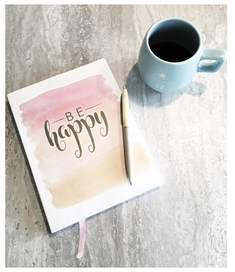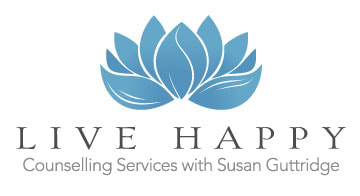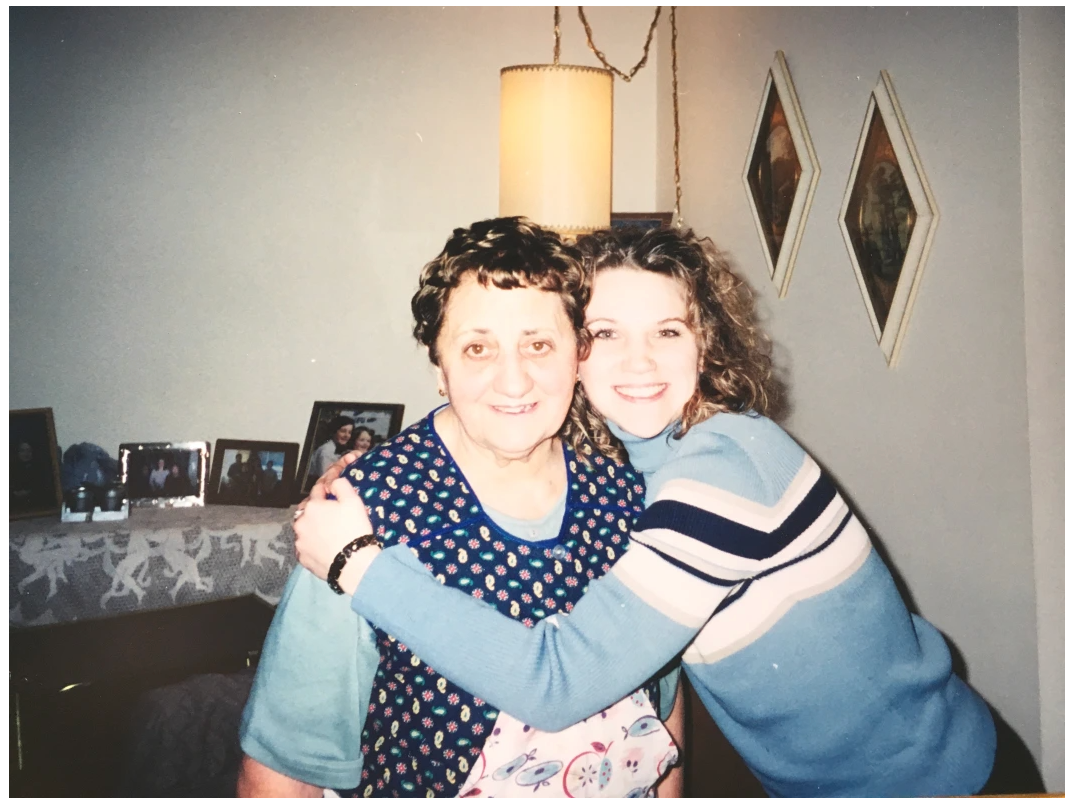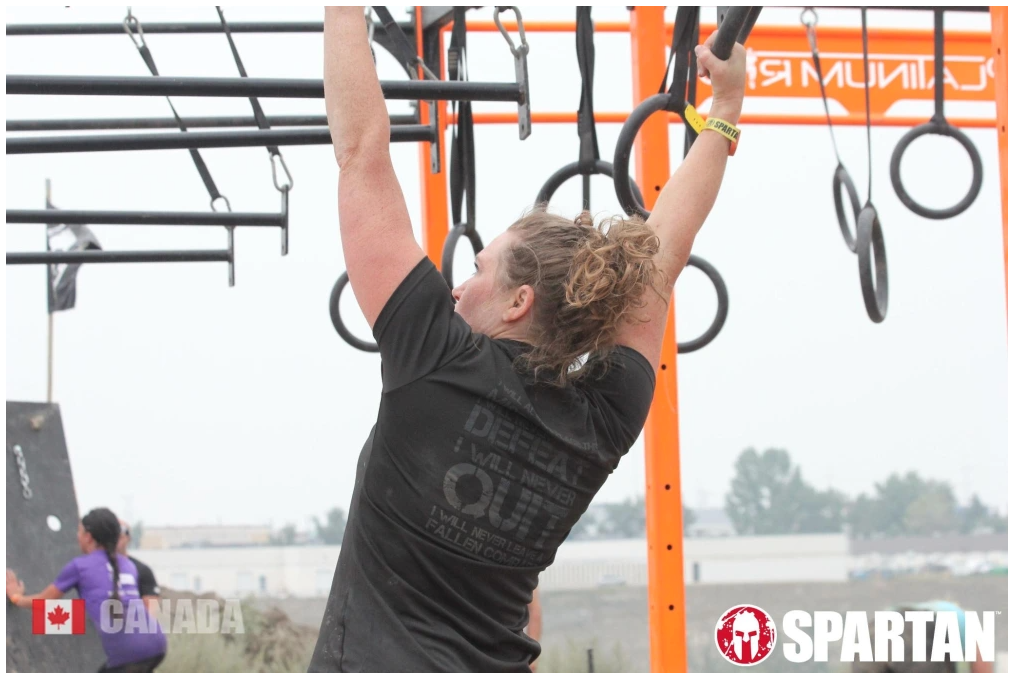|
One key way we build self-esteem is by accomplishing the goals we set for ourselves. Every accomplished goal trickles into our sense self: it feeds our personal integrity, that sense of trust we have in ourselves that we will do what we set out to do. Our proven ability, even though only proven to ourselves, contributes to feeling good about ourselves. But what happens when a negative core belief such as “I’m not good enough” has a stronghold over our thoughts? Negative core beliefs are false self-referencing beliefs, and they pack a pretty heavy punch. When a negative belief screams out in our brain, a powerful emotional response reverberates throughout our memory network and our body responds with much the same level of activation as when the negative belief was created – even though in the present moment we are safe. Experiences from childhood may have planted the seeds of the negative belief, and then additional life experiences may have strengthened them. Because these negative beliefs have been reinforced over and over again, they feel very true. “Negative beliefs come to create a perpetual filter through which we view ourselves and our world” (Parnell, 2007). Negative core beliefs feel true but they are not true. Because these beliefs are capable of infiltrating all of our daily activities, social interactions, and inner dialogue, we need an equally powerful method for countering them. Counselling is an excellent way to heal early wounds and develop coping strategies for the present. There are also techniques we can focus on between sessions to practice being present with new, positive belief systems.  Three Little Things: For this journaling activity, you are going to want to use a beautiful book: one that makes you smile when you look at. You won’t be journaling in the traditional style: this will be more of a ‘healing journal’, one that you are going to want to flip through often, to remind yourself of what you have written. Each evening before you get ready for bed, take 10 minutes to sit down and reflect on 3 things you did well that day. These are the little things that we often over-look, that there are no accolades for. When we take the time to notice, we develop compassion for our selves. We start to see the evidence that yes, we are human and we make mistakes, but also that we are also inherently good and worthwhile beings. If you find that you are having trouble getting started, try reflecting on the list of prompts below. Writing Prompts for Reflection:
For more strategies on journaling to build self-compassion (and a really good read…) check out Dr. Kristin Neff’s website: self-compassion.org. Resources: Parnell, L. (2007). A Therapist’s Guide to EMDR: Tools and Techniques for Successful Treatment. New York NY: W.W. Norton & Company.
0 Comments
When I first told my Nonna that I was going to be a Counsellor, I was 20 years old and had just switched out of an orientation to teaching stream in university to a Psychology major. With an appalled look on her face and an emphatic inhale, she stated in her thick Italian accent “Why you wanna sit and listen to peoples’ problems?” It wasn’t a question, but rather a statement laced with judgment and condescension. My response was something along the lines of “I can’t explain it”. I suppressed my headstrong must-fight-for-what-I-believe-in feisty inner warrior and simply hugged her. But her statement sat with me. Not because I doubted my career choice, but rather because it gave me insight into how little my Nonna understood about asking for and receiving help. Raised in a farming family by parents who lived through the depression in southern Italy, then witnessing first-hand the impacts of the second world war, asking for emotional support had never become her go-to coping strategy. For every loss she experienced, (and there were many), she donned her symbolic black clothing and shut off the hurting part of herself. It wasn’t my place to fight with her. I could only love her fully, for she was coping in the only way she knew how.
Yes, the job of a Counsellor is to listen – but it is also so much more. It is about motivating and inspiring people to be the best versions of themselves, to learn how to invite in the change they are so desperately seeking. It is about helping people reconnect with hope after life experience has rattled it. It is about discovering the strength and courage they forgot they had. It is about cultivating resilience. It is about discovering how to be kind to one’s self, in a life where that was potentially never taught or even discouraged. The safety of the counselling office becomes a place to practice holding positive beliefs that just aren’t rooting due to the busy-ness of life. It’s a place to deconstruct shame, to grieve losses, to breathe deeply and fully, and to acknowledge ones’ worth. Every single counselling interaction is a chance to let someone know that they matter, that they are not struggling alone, and to foster hope. That is why I choose this career, and that is why I love what I do. Physical fitness has long been a go-to stress reliever in my life. However, at times I have to admit: I wasn’t full present during workouts. My thoughts can be loud, especially the ones that centre around things I “should have” done differently, or to-do lists for the day. The more these nagging thoughts would get in, the more I would lose my mojo and want to end the workout. Then I would feel bad, and stress would actually increase during the very thing that I was doing to decrease stress. Sound familiar? When we get caught up in thoughts of the past or future, or get stuck in negative thoughts, we actually set off a stress response in our body. And, the part of our brain we rely on to keep us engaged and focused in the present moment goes off-line. Our thoughts and emotions change our awareness. If we suddenly found ourselves ruminating on negative thoughts, our outlook will shift and we will lose energy and focus for the task at hand. Mindfulness is all about being fully in the present moment, with loving kindness in our heart, and without judgement. When we take the time to cultivate mindfulness, we learn that we do not need to “get hooked” by our thoughts. We learn that we can watch the chatter of our mind, to extend compassion to ourselves as needed, and become better able to shift focus back into the present moment. Returning to the Present Moment: Daily Practices to Cultivate Mindfulness
There are books and workshops and retreats designed to help individuals cultivate mindfulness. These are all brilliant ways to start a new habit. But they can take time. Here are a few strategies you can use right now to bring mindfulness into each day and ultimately, into each of your workouts. Make a plan: When we are learning something new, we are far more likely to successfully learn it when we have a plan, and when we create time for practice. Create your plan: one way to cultivate mindfulness is to take a moment each day to focus on your breath, to get fully into the present moment. If you need help getting into the moment, or need guidance on slowing and deepening the breath, try an app. Some good ones are Insight Timer, the Calm App, and Mindfulness Daily. If you do not need guidance but find that you don’t remember to check in, set some alarms on your phone to go off during the day. Give these alarms descriptive names such as: Now is a great time for 1 minute of deep breathing, and Daily Check-in: how are you feeling in your mind and body? Make time to practice: Life will always be busy. The world of today has conditioned us to hurry, to multi-task. The cost is this lifestyle is that we constantly feel rushed. If we do not learn to pause, we risk living every day with a sense of urgency, an urgency which on its upside enables us to be productive but on its downside breads anxiety and seeds a sense of inadequacy. Slow down, allow yourself to pause: we can all afford a few minutes each day to connect with mindfulness. Take the moment to focus on your breath and to return to the present moment. Set your intention before you workout: before you being your workout, take a moment to breath deeply and set your intention. Setting an intention will give your workout direction. Think of it as a road map: we might not need it on our road trip, but if we get lost it sure is necessary to get us back on track. Today during my spin class my intention was “I will just be present and do my best”. Each time I noticed my mind drifting, I was able to return to my intention with loving kindness. What does that look like? It is noticing my thoughts had drifted by saying “there I go again…” and then repeating my intention. Use a mantra: Mantras are statements we say repeatedly and which have significant power in impacting our attention, outlook, and mood. You can use any statement that works for you to bring your attention back to the present moment. What words do you need to repeat to yourself to stay in the moment of your workout? It could be “Right Here Right Now” or “Strong and Fit”. If you listen to music while working out, use the beat of the music as your repeat the mantra to yourself. When all else fails, count: When we are counting, intrusive thoughts are less able to enter our awareness. That is why knitting can be so grounding for people: they have to count stitches. There are many ways to use counting during a workout. You can count your reps; if you are walking or running you can simply repeat 1-2-1-2-1-2 as you shift your weight from foot to foot. Our thoughts will always be there. Mindfulness just lets us choose when and how we will attend to them. Using a few simple mindfulness strategies when exercising can enable you to derive more enjoyment from it while also cultivating compassion and self-acceptance. You might even experience an increased sense of accomplishment because you were fully present for something you set out to do. |
AuthorSusan Guttridge is a trauma-informed Master level Counsellor with the clinical designation of Canadian Certified Counsellor (CCPA). She has 20+ years experience providing individual and group therapy. Archives
January 2024
Categories
All
|



 RSS Feed
RSS Feed